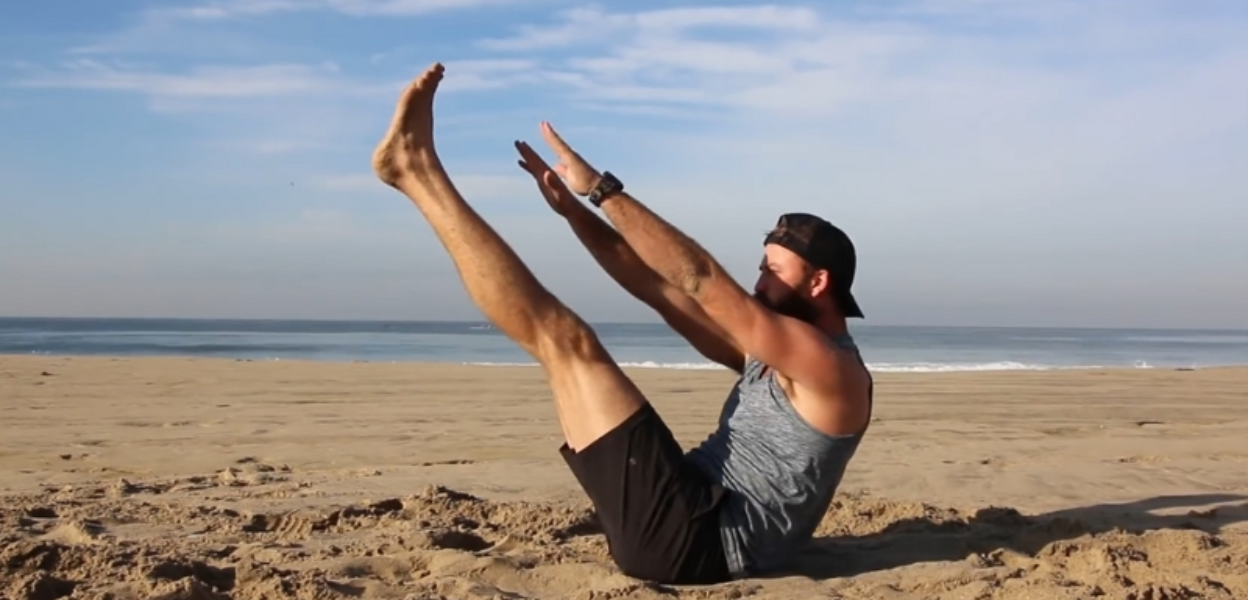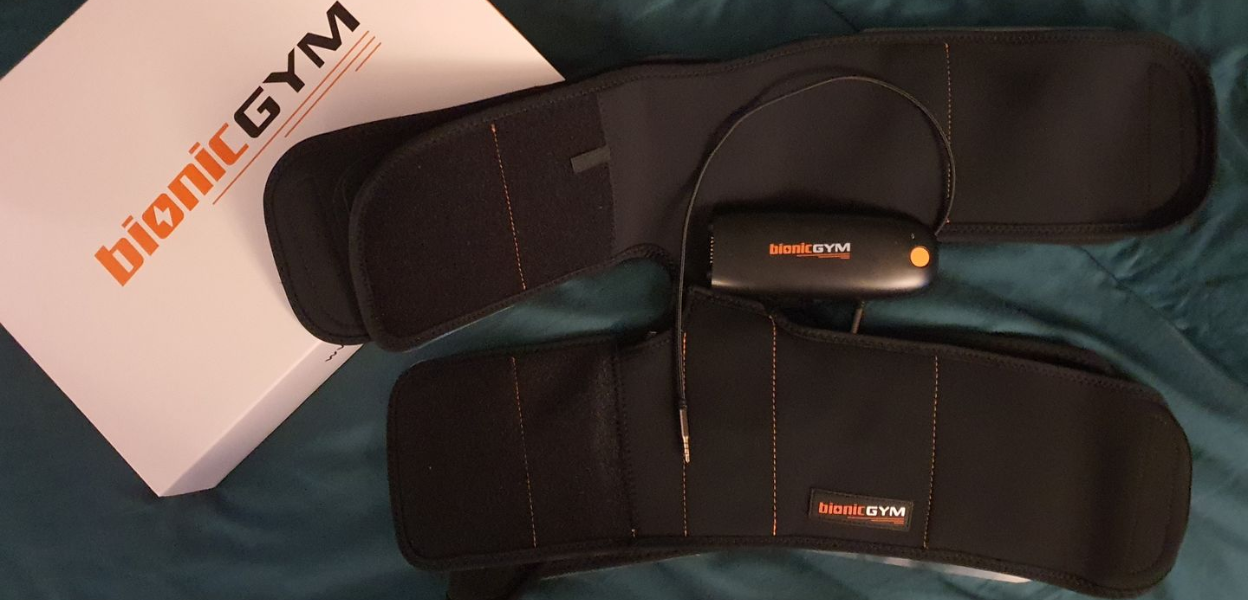The Return of Sand Training and Why It's Brutally Effective
Sand training is making a comeback thanks to its unmatched challenge and benefits. Here’s how it improves strength, power, and joint health.
Sand is no longer just for beach vacations and volleyball. It’s back in the spotlight as one of the most dynamic, joint-friendly, and performance-boosting training surfaces in the fitness world. Whether you’re a seasoned athlete or someone tired of the same gym routine, sand training is rewriting the rules of resistance and recovery. And it’s not subtle, it’s tough, humbling, and incredibly rewarding.
Why Sand Is a Whole Different Game for the Body
Working out on sand isn't just about switching scenery, it changes how your muscles, joints, and brain work together. The soft, unstable surface challenges balance and coordination with every move. Unlike pavement or gym flooring, sand shifts under you, forcing your body to recruit stabilizers you didn’t even know you had.
Here’s what makes sand special:
- Built-in resistance: Every step or push into the sand creates more drag. That extra effort translates into higher muscle engagement, especially in your glutes, calves, and core.
- Joint-friendly: The impact is significantly lower. Sand cushions your landing whether you're sprinting, jumping, or performing dynamic drills.
- Unstable surface = better balance: Sand doesn't care if you're used to smooth surfaces. It reacts unpredictably, meaning your proprioception (body awareness) improves naturally.
No fancy machines. No gym mirrors. Just you, gravity, and a ground that fights back.
What Sand Workouts Actually Look Like
There’s no one way to train in sand. The variety is what makes it so accessible and exciting, plus, it caters to all fitness levels. The most common sand training formats include:
Running and Sprint Intervals
Forget your personal best. Running in sand requires roughly 1.6 times more energy than running on firm surfaces. The extra work means better cardio gains, stronger legs, and a serious core burn.
- Forward sprints
- Lateral shuffles
- High knees in place
- Sprint drills with short rest
Jumping and Plyometric Drills
Plyos on sand may be slower, but the tradeoff is worth it. Less impact, more control, and intense muscle recruitment.
- Broad jumps
- Jump squats
- Bounding
- Tuck jumps
Sandbag Workouts
Now let’s talk gear. Adding a sand bag into your workout increases the load without compromising the softness of the surface. It's one of the simplest ways to progress your sand bag training.
- Sand bag squats and cleans
- Weighted lunges
- Core rotations with a sand bag
- Overhead presses or carries
Bodyweight Circuits
If you're training at the beach, you already have everything you need.
- Push-ups (yes, the sand makes them harder)
- Bear crawls
- Crab walks
- Mountain climbers
The best part? You don’t need a beach. Any sandpit, field, or even a backyard sandbox setup can do the trick.
Who’s Actually Doing Sand Training
This isn’t just a niche idea for beach bums. Athletes, rehab patients, and weekend warriors are all rediscovering what sand training can unlock. Here’s who’s leading the charge:
Professional and Collegiate Athletes
- NFL players use beach sprints to prep for explosive play.
- Fighters and boxers use punching sand training to increase force output and train endurance under fatigue.
- Soccer and rugby athletes use it to improve lateral movement and reduce joint stress during recovery seasons.
Fitness Enthusiasts Looking for Something New
Gym-goers tired of repetitive lifting are embracing sand bag weight training and circuits to add a functional, fun, and gritty element to their routine.
Rehabilitation and Physical Therapy Programs
Because it’s low-impact, sand is being used in recovery settings, especially for athletes rehabbing knees, ankles, or hips. The surface promotes stability and range of motion without excessive loading.
Why Sand Might Be Your Best Injury Prevention Tool
No one wants to talk about injuries until they’re benched. But training in sand may quietly be one of the smartest ways to bulletproof your body before anything breaks down.
- Improves ankle and knee stability
- Strengthens underused stabilizing muscles
- Teaches better landing mechanics
- Enhances coordination and reflexes
Even one or two sessions a week can reduce your risk of strain or imbalance when you’re back on the gym floor or field.
How to Start Without Getting Wrecked
Sand is sneaky. It looks forgiving, but it can torch your muscles and over-fatigue joints if you go too hard too soon. Here’s how to ease in smartly:
Start Small
Keep your sessions short around 20 minutes at first. Focus on learning how your body moves on the shifting surface. Test out walking lunges or short shuttle sprints before trying full circuits.
Use Footwear Wisely
Training barefoot can help with grounding and proprioception, but not everyone’s feet are ready for that level of demand. Sand can also get hot fast. If you're not comfortable barefoot, choose a flexible shoe with good drainage.
Progress the Load Gradually
Introduce sand bag training once your movement patterns feel solid. You can DIY a sand bag at home or purchase one made for training, look for adjustable weight options.
Hydrate and Recover
Training in heat or sand can sneak up on you. Hydrate before and after. Incorporate mobility and soft tissue work into your recovery plan to balance out the intensity.
Can’t Get to a Beach? Here’s Where to Find Sand Anyway
You don’t need a private coastline to enjoy the benefits of sand. Try:
- Volleyball courts at public parks
- Community beach access points
- Dune areas (with permission)
- DIY backyard sand pits
- Commercial sand training gyms or spaces
A growing number of fitness facilities are integrating sand into their turf areas for year-round, weatherproof access.
The Mental Edge of Sand Training
Let’s not overlook what this does for your head. There’s something primal about training in an outdoor, gritty, no-frills environment. Sand slows things down just enough to make every movement intentional. There’s no room to zone out.
Many people report feeling:
- More focused during workouts
- More connected to their breath and body
- Less stressed post-training
When you're feeling stuck or uninspired in your routine, sand training delivers a reset and fast.
Sand doesn’t lie. Every rep, sprint, or lunge demands more, even from the most conditioned bodies. It humbles and strengthens at the same time. And while the gym will always have its place, training in sand taps into something different, something raw, grounded, and entirely real. So the next time you’re bored with your workout or craving something that challenges you without destroying your joints, find your nearest sandpit. Toss a sand bag over your shoulder and start moving. Your muscles (and mind) will feel the difference quickly.
Follow FlexGlimpse for trending fitness practices, and ways to train smarter without getting stuck in routine.
Related Blogs
Game-Changing Women's Football Shoes You’ll Find at Champs Sports
Explore top-tier women football shoes from Champs Sports designed to deliver grip, speed, and confidence on every play.
Why BionicGym Is Gaining Attention for Turning Cardio into a Hands Free Routine
Discover how BionicGym blends science and convenience to deliver low‑impact cardio from your couch. A genuine, reader‑focused dive into what it offers and what to know before buying.
Why Active Commuting Is the Daily Movement Hack People Swear By
Turning your commute into daily movement might be the most effective fitness habit no one talks about.




